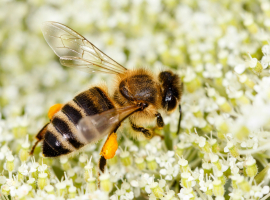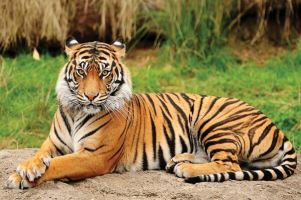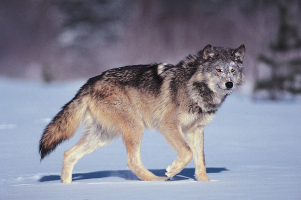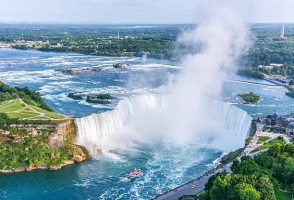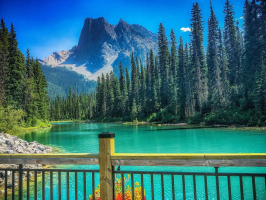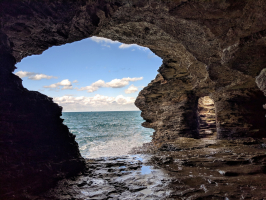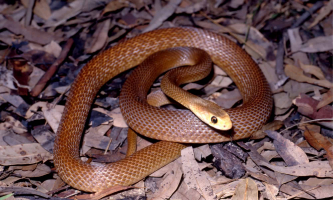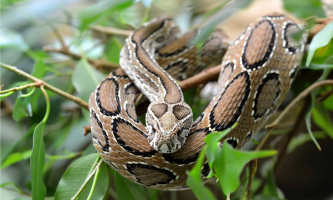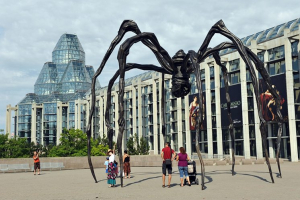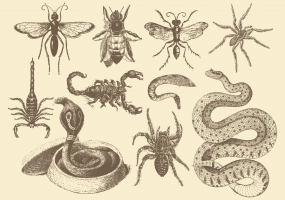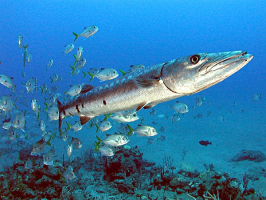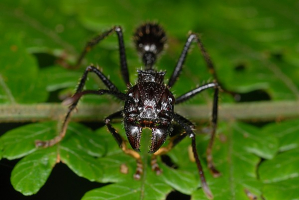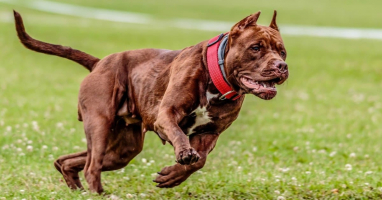Top 10 Most Dangerous Animals in Canada
The animal world is extremely diverse and rich. Many animals are impressed by their beautiful appearance, and friendly personality, there are also very ... read more...dangerous animals. Let's find out with Toplist the most dangerous animals in Canada!
-
One of the most dangerous animals in Canada is the wolverine which is the largest species of land mammal in the Mustelidae phylum. It is a strong carnivore that lives alone. The wolverine has a reputation for ferocity and strength that are out of proportion to its size, and it has been shown to be capable of taking down prey that is several times its own size. The Wolverine is mostly found in remote areas of northern boreal woods, as well as in sub arctic and alpine tundra, with the majority of them being in Northern Canada.
Despite being short, furry, and stumpy, wolverines should be feared. They can chew through frozen animal meat because of the strength of their well-developed neck and shoulder muscles. They are thought to have no fear, and they have even been observed chasing bears away from their own kills!
Their jaws are so powerful that they can pulverize bone all the way to the marrow. They have exceptionally sharp fangs and claws and can run at speeds of up to 24 km/h. Few reported instances of wolverine attacks on people do exist, though.
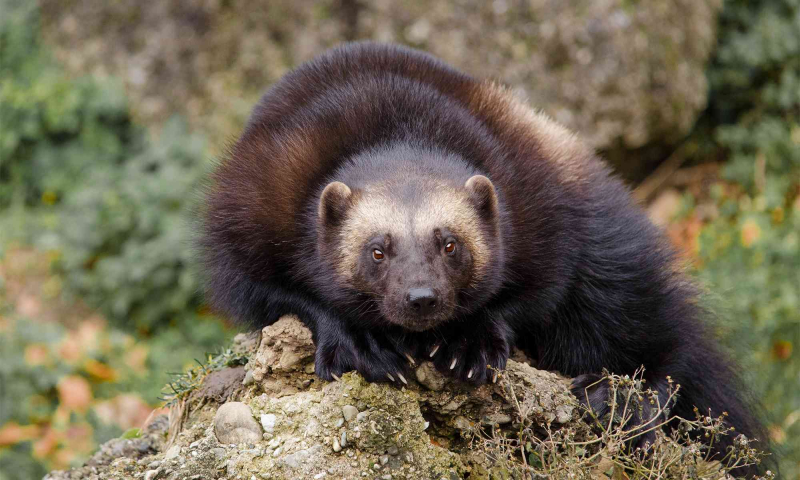
Photo: defender.org 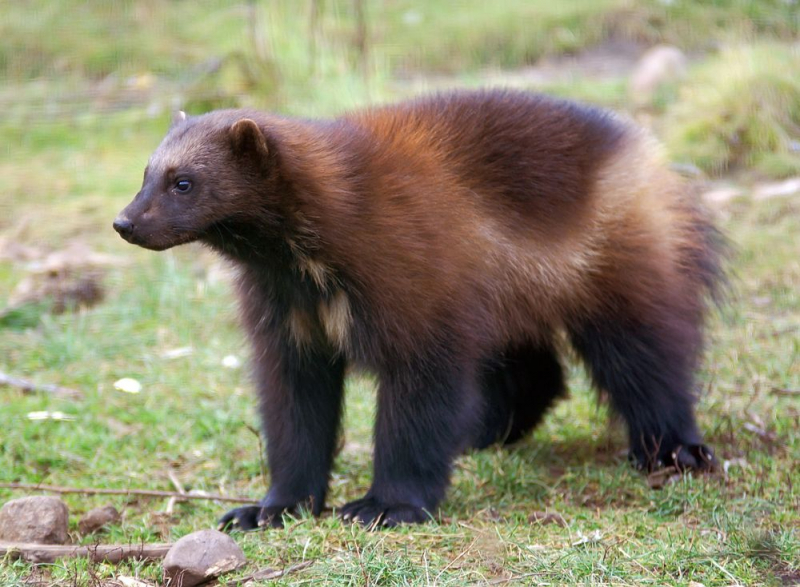
Photo: livescience.com -
The massasauga rattler is a species of rattlesnake that inhabits parts of the United States and southern Ontario in the middle of North America. It is a pit viper, and pit vipers are all poisonous snakes, just like rattlesnakes.
The only poisonous snake in Canada is the Massasauga Rattler. They are present in several areas of the United States and Ontario. Large black or brown patches on a tan or grey body help identify them. Of course, they also have a characteristic rattling. Despite being a very peaceful snake, it will bite if threatened.
Their heat-sensitive pits, which are located between their nostrils and eyes, allow them to detect their prey. The Massasauga Rattler often feeds on small mammals and injects its victim with venom to make it easier to consume. However, if the snake is startled or feels threatened, it may potentially attack people.
They have a grey or tan background hue with three smaller rows of alternating spots down each side and a row of huge, circular, brown/black blotches or spots down the middle of the back. There are also reported incidences of solid black melanistic blotches and fusions of the side and rear blotches. Young massasaugas have distinct patterns, however they are paler than adults. They feature solitary anal scales, keeled scales, and heat-sensing pits on either side of their little heads.
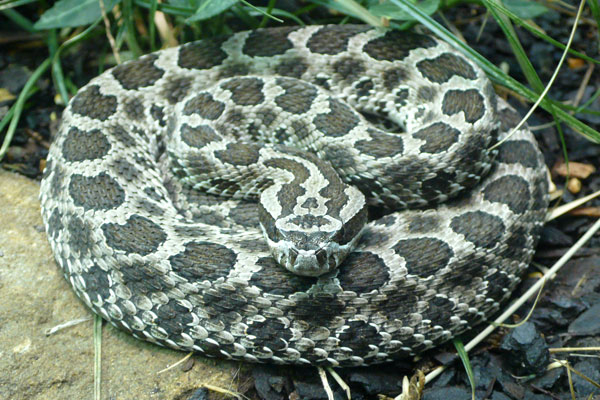
Photo: wildlifepreservation.ca 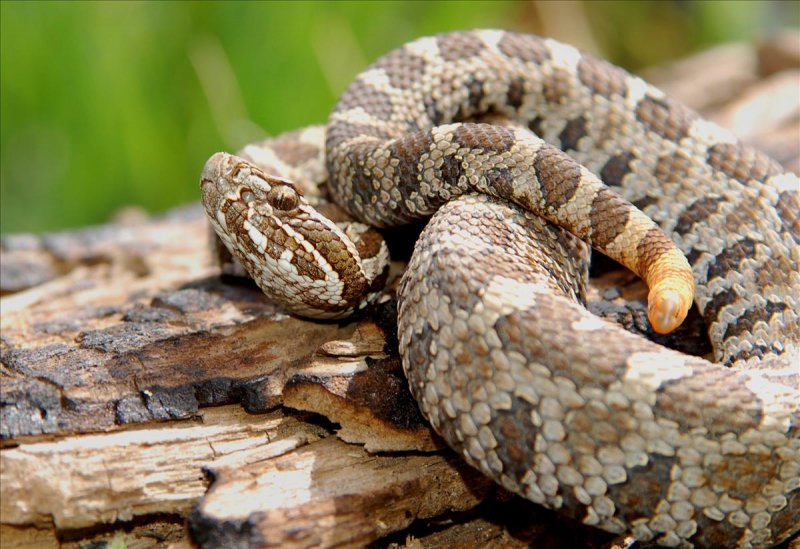
Photo: torontozoo.com -
According to a very rough population estimate, there may be more than 380,000 black bears in Canada and up to 600,000 in North America overall. It is the smallest and most prevalent species of bear on the continent. American black bears are omnivores, and the seasons and places they live in have a big impact on what they eat. They frequently inhabit forested locations, although they will venture out in quest of food. On occasion, they are drawn to populated areas because of the easy access to food. Some subspecies, despite their name, can be brown or even blonde in color.
Black bears are accustomed to living in forested areas where they can hide when threatened and climb trees. Black bears have had to adjust to people's presence in mountain parks. They are more likely to be found in the bottoms of mountain valleys, particularly those by roadsides or campgrounds, where openings in the forest canopy encourage the growth of plants.
Due to its extensive distribution and substantial population—which is thought to be double that of all other bear species combined—the International Union for Conservation of Nature (IUCN) classifies the black bear as a species of least concern. It is one of just two contemporary bear species, along with the brown bear, that is not regarded by the IUCN as being globally threatened with extinction.
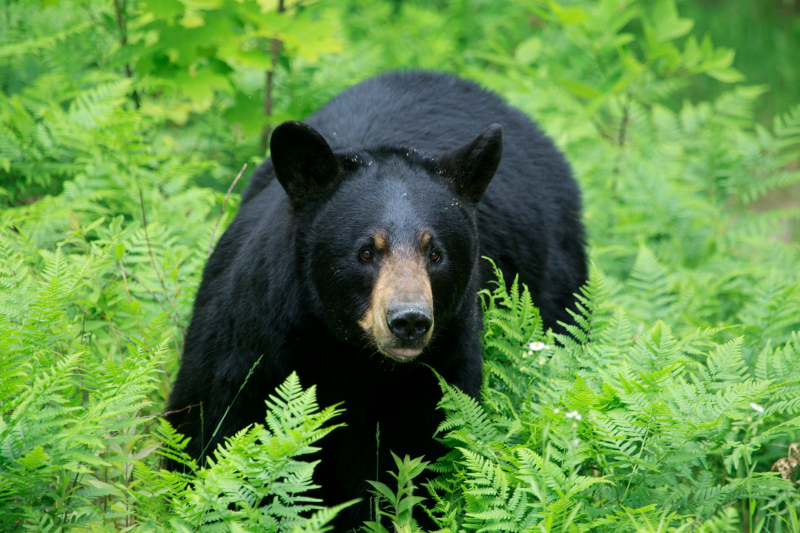
Photo: discoverwildlife.com 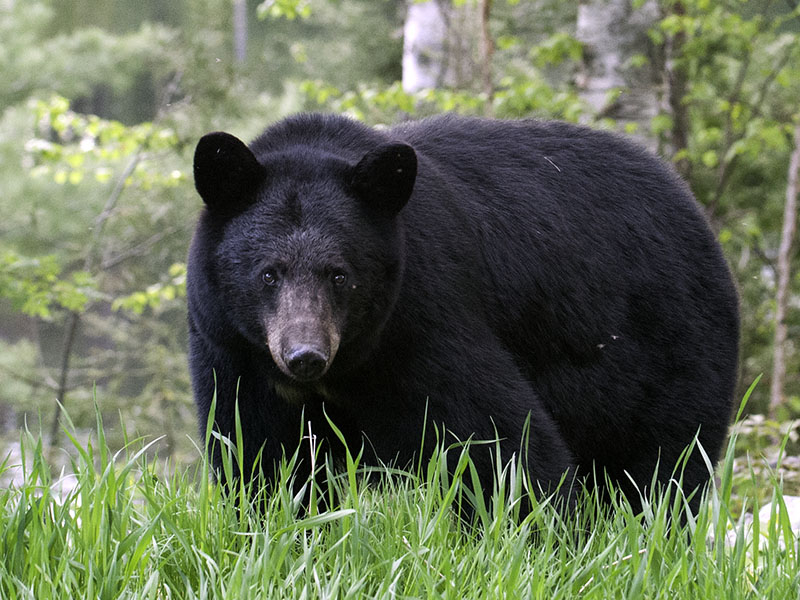
Photo: bear.org -
The next position on the list of the most dangerous animals in Canada is Killer whales. The name contains a hint. Killer whales, often known as orcas, are extremely hazardous because they can and will kill. They can weigh up to five tons, have a length of seven to nine meters, and can take down prey that is considerably bigger than humans. They can live up to 80 years old because they don't have any natural predators. Fish, marine turtles, and even blue whales are among their normal diets. Despite being the largest animal on Earth, killer whales can effectively hunt in gangs to subdue blue whales.
Being among the most sophisticated marine mammals, they use "echo-location," or clicking sounds that reverberate off nearby fish, to find their prey.
They enjoy shellfish, but they have also been observed hunting moose and deer. This is a result of their lack of fear of shallow water. All three of Canada's oceans are home to killer whales, and orcas and they have even made it into Hudson Bay and the Gulf of St. Lawrence. Off the southern coast of British Columbia, they are frequently sighted.
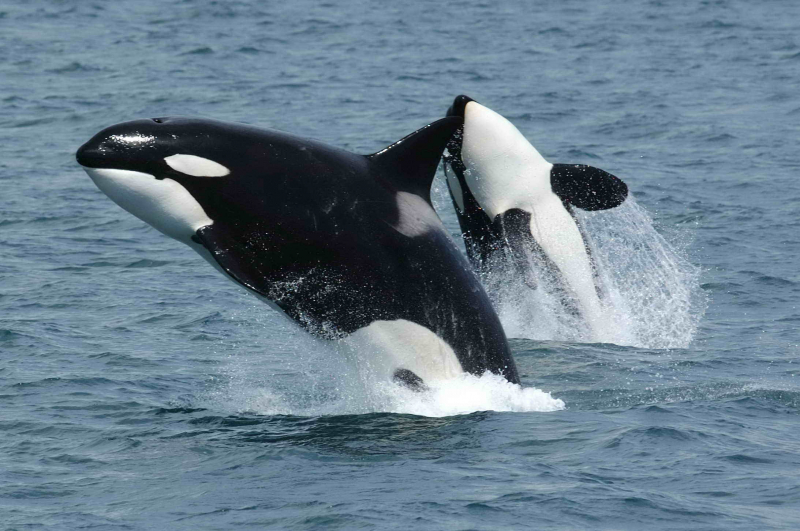
Photo: wikipedia 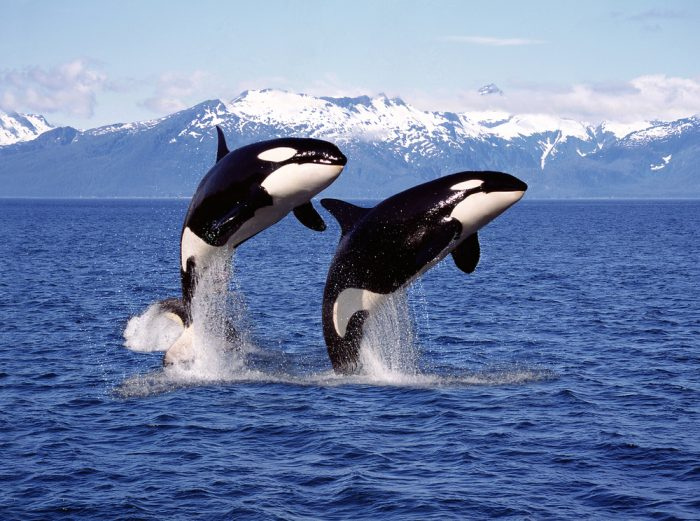
Photo: safety4sea.com -
In Canada, there aren't many harmful spiders. The black widow spider, however, might be present in some Southern Canadian regions. The abdomen of these spiders is black with a characteristic red mark on it. They can bite, but not usually when they do, venom is released. The human-hazardous toxin is only present in females, however major consequences or death are extremely uncommon. Nevertheless, we advise leaving them unsupervised.
Only a small number of other spider species are dangerous in Canada. Some individuals do, however, bring in non-native species as pets or for research. Keep an eye out for others.
Since the venom from this spider is said to be 15 times stronger than that of a rattlesnake, its bite is one of the most feared. Contrary to common assumption, the majority of persons who are bitten do not experience any serious harm, much less death. In humans, bites cause muscle aches, nausea, and paralysis of the diaphragm which can make breathing difficult. However, bites have the potential to be fatal—usually to young children, the old, or the weak. Because the spiders are nonaggressive and only bite in self-defense, when someone accidentally sits on them, fatalities are fortunately rather uncommon.
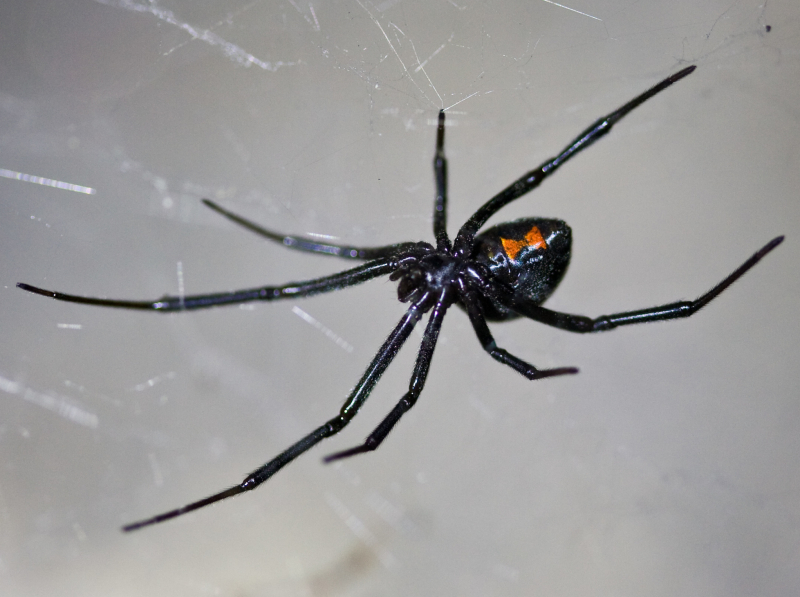
Photo: wikipedia 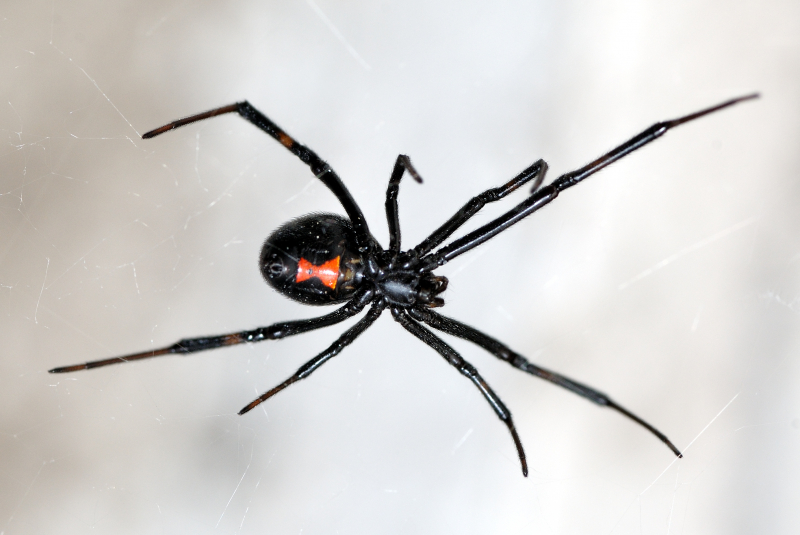
Photo: newsweek.com -
A huge animal, the elk has a short tail and a noticeable buff patch on its rump. This animal is one of the biggest deer species in the world, along with the Moose and the Sambar Deer. Females lack antlers, while males have enormous antlers that typically begin to grow in the spring and are shed in the winter. Some people may also develop a thin mane on their necks. In order to keep them warm throughout the winter, these creatures' coats get thicker. Long, water-resistant hairs that cover the elk's dense, woolly underfur make up its winter coat. Elk calves who are born spotted eventually lose their markings by the end of the summer.
Elks are frequently seen throughout Canada, thus locals don't frequently fear these animals. They are one of the largest mammals in North America, despite the fact that we frequently connect them with beauty and serenity. Additionally, they can weigh up to a ton!
If you see them in person, their magnitude is frightening. If you do manage to come upon an elk, keep your distance. They frequently exhibit aggressive behavior and charge. When they are mating in the late summer and when they are giving birth in the spring, males are particularly hazardous.
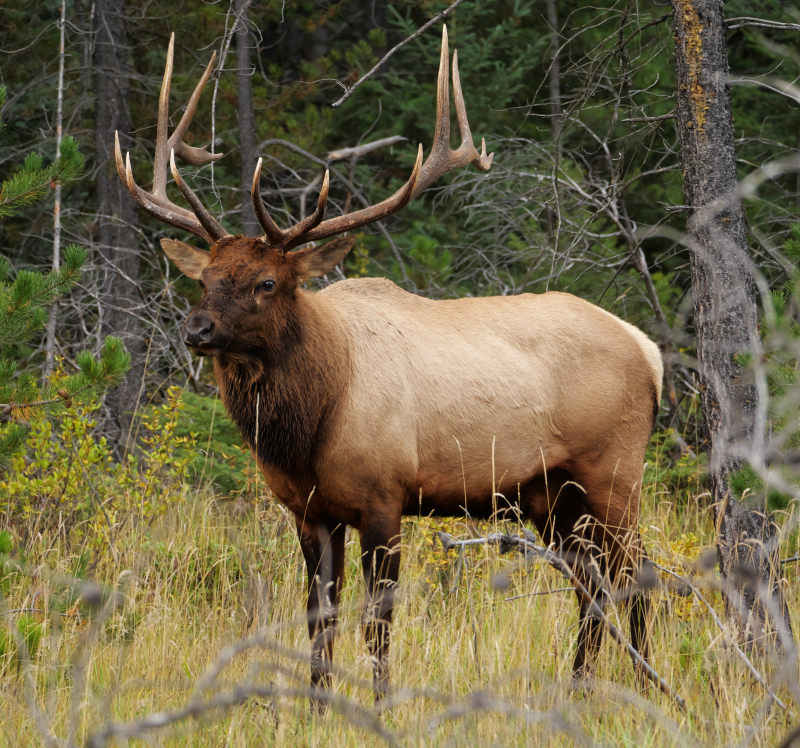
Photo: wikipedia 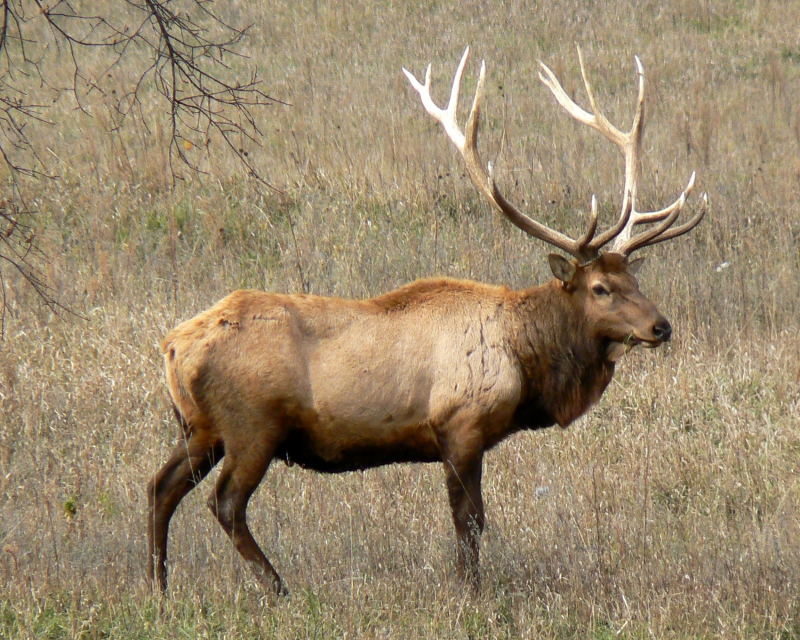
Photo: wikipedia -
The moose is the largest and heaviest extant animal in the deer family and a member of the New World deer subfamily. The majority of adult male moose have recognizable broad, palmate antlers, whereas the majority of deer family members have antlers with a dendritic pattern. Over time, the moose's range has shrunk due to hunting and other human activity. Some of its previous habitats have seen its reintroduction. At the moment, the countries with the highest concentrations of moose are Canada, Alaska, New England, New York State, Fennoscandia, the Baltic states, Poland, Kazakhstan, and Russia.
The moose, sometimes described as having a goofy appearance, is regarded as a sort of national animal of Canada. In spite of this, they must be listed among Canada's most deadly animals.
Like deer and elks, they frequently cause automobile collisions. Each year, there are 700 moose-vehicle accidents in Newfoundland and Labrador alone. However, moose can also be hazardous off-road. They weigh about 600 kg, and if they feel threatened or provoked, they will charge at a person.
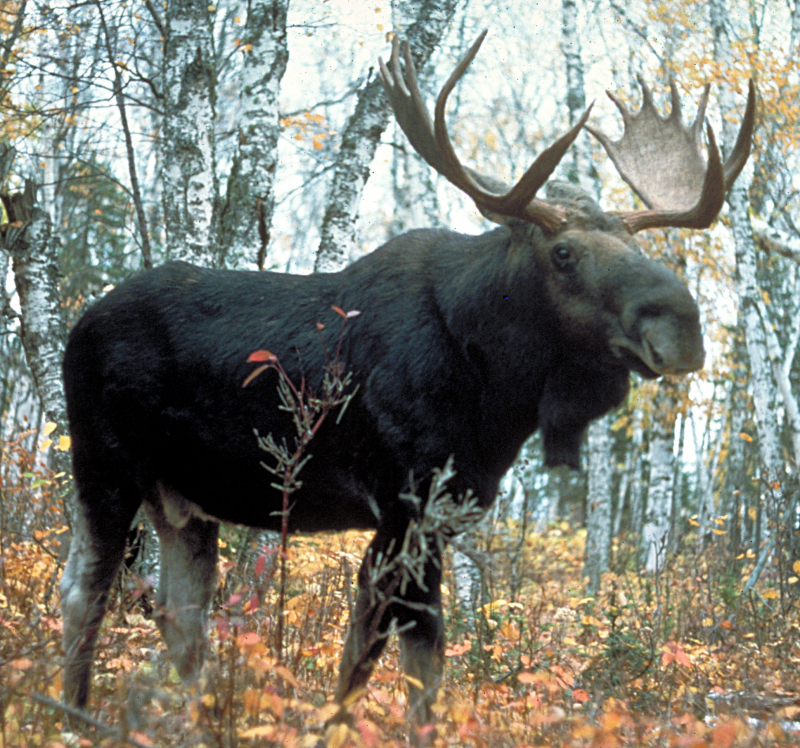
Photo: wikipedia 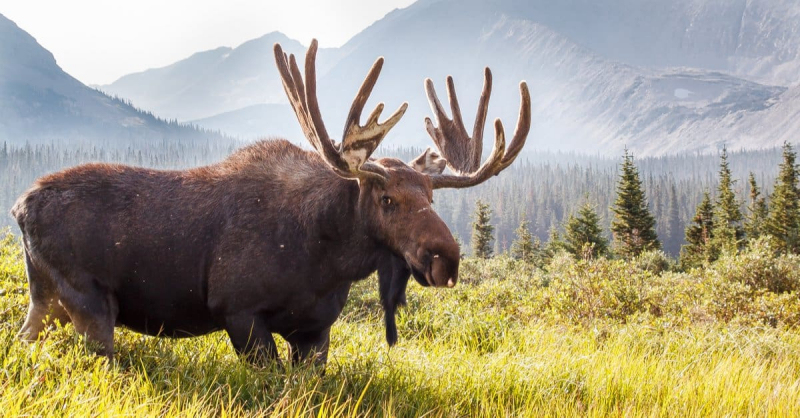
Photo: a-z-animals.com -
The next position on the list of the most dangerous animals in Canada is Polar bears. It is unknown how many polar bears there are. Around 20,000 to 25,000 polar bears are thought to exist in the world, with Canada home to between 64 and 80 percent of them. They may look cute, but they are savages when it comes to food.
On the ice, they frequently watch for seals to surface for air. The polar bear will whip them out of the water and kill them with a single blow as soon as it detects their head. Of course, polar bear numbers are rapidly declining due to climate change. Attacking people is therefore rare due to this aspect and the fact that few Canadians reside in the North. However, they are gloomy when they do happen.
In 2003, a polar bear attacked a hunter for caribou in Nunavut while he was inside his tent. His ribs were broken as the bear grabbed onto his neck and repeatedly leaped up and down on his chest. The man somehow survived the attack, but 300 sutures were required to reattach his scalp to his skull!
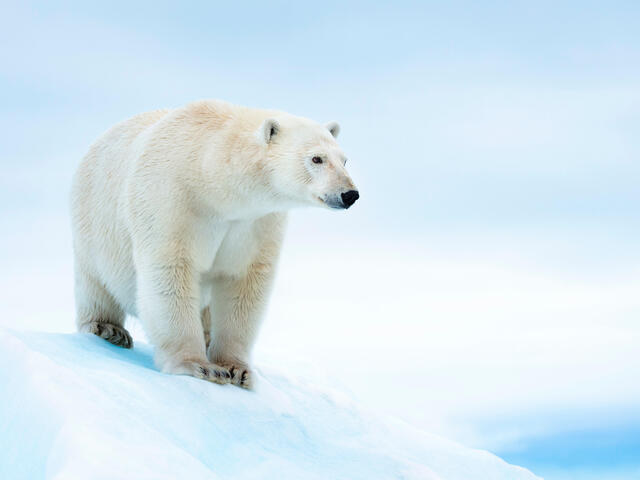
Photo: nativespeaker.vn 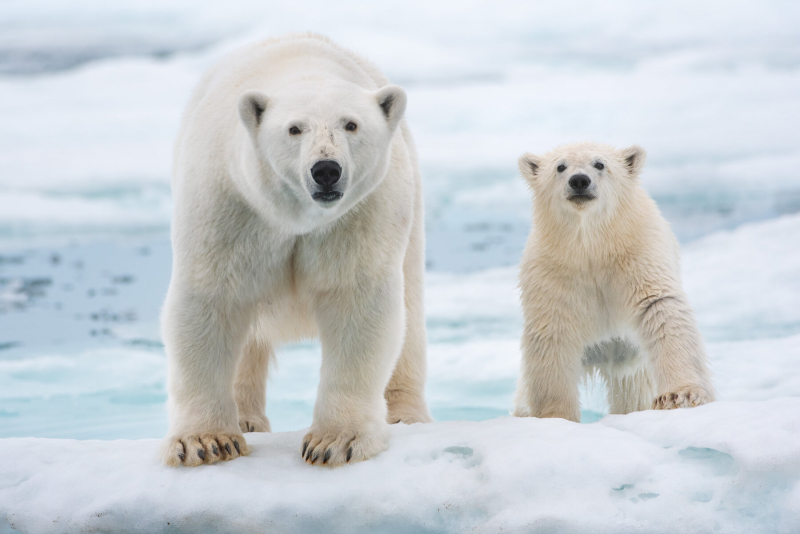
Photo: nytimes.com -
It should come as no surprise that the cougar is included on our list of the most deadly animals in Canada. It is one of Canada's most dangerous predators and the second-largest wild cat in the Americas. This big cat, often known as a puma, is capable of killing an animal that is four times its size. They have the ability to sprint at 56 km/h, jump 5.5 m vertically, jump 9 m horizontally, and see 130 degrees.
They have retractable claws that only show while they are actively hunting. Cougars rarely pursue their prey despite having amazing ground speed. They prefer to stalk and startle them instead. By biting their prey's throats and breaking their windpipes, they horrifyingly suffocate their victims.
The cougar will also consume almost anything. coyotes, elk, birds, beavers, and more. British Columbia accounts for close to 40% of all cougar attacks on people in North America. Due to their small size, children and adults in a crouch are particularly susceptible to cougar attacks.
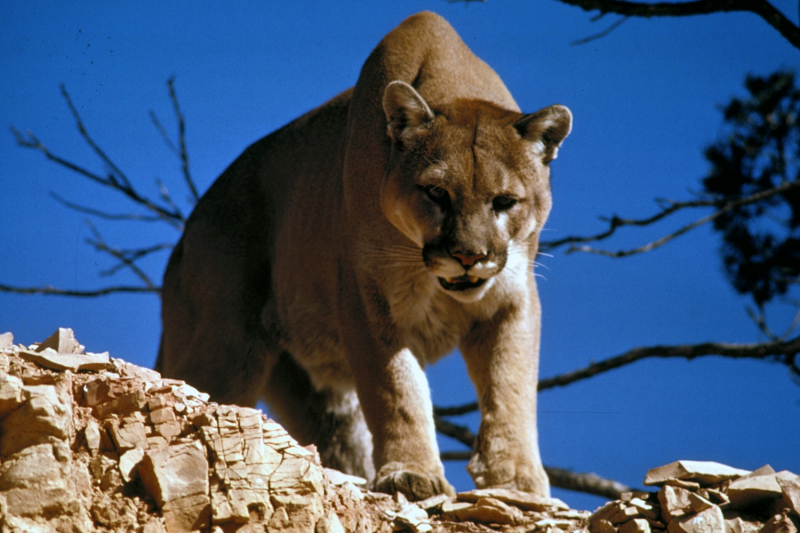
Photo: wikipedia 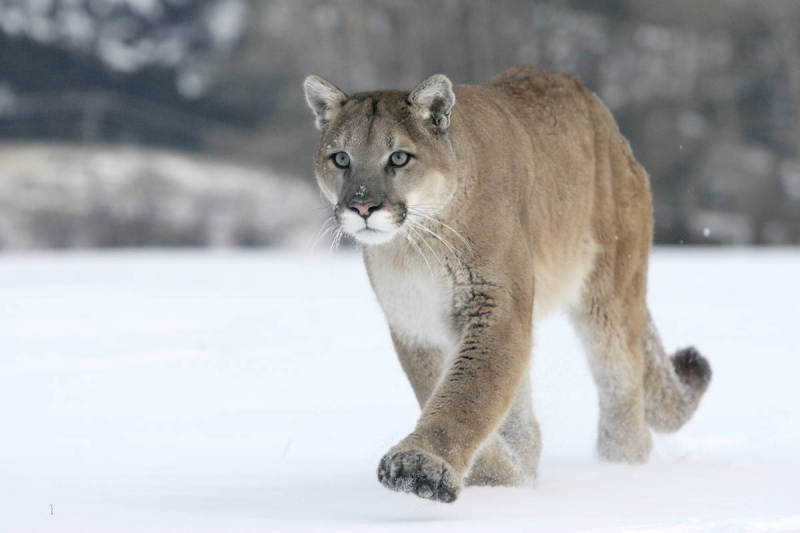
Photo: nelsonstar.com -
The Candian brown bear is a huge bear species that can be found in North America and Eurasia. Brown bear populations in North America are known as grizzly bears, and the subspecies that live on Alaska's Kodiak Islands is known as the Kodiak bear. Only its closest relative, the polar bear, which is far less variable in size and somewhat larger on average, can equal its stature as one of the largest extant terrestrial members of the order Carnivora.
The second largest land mammal in North America is the dreadful Canadian brown bear, also known as the grizzly bear. A grizzly bear's length from snout to tail averages 1.8 meters, and its weight ranges from 350 to 1500 pounds. The grizzly bear differs from the black bear in that it has a noticeable shoulder hump, long front claws, a concave face, and rounded ears.
Despite being enormous animals, they can run up to 55 km per hour and are only threatened by human hunters. Although they do not frequently prey on people, they will attack if they are surprised by people. The majority of mother bears protecting their offspring are to blame for 70% of bear-related human fatalities. Canadian brown bear is one of the most dangerous animals in Canada
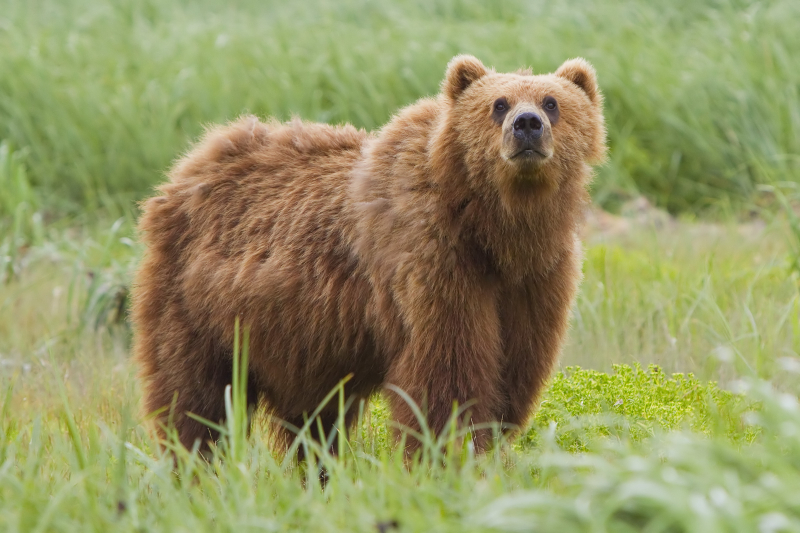
Photo: wikipedia 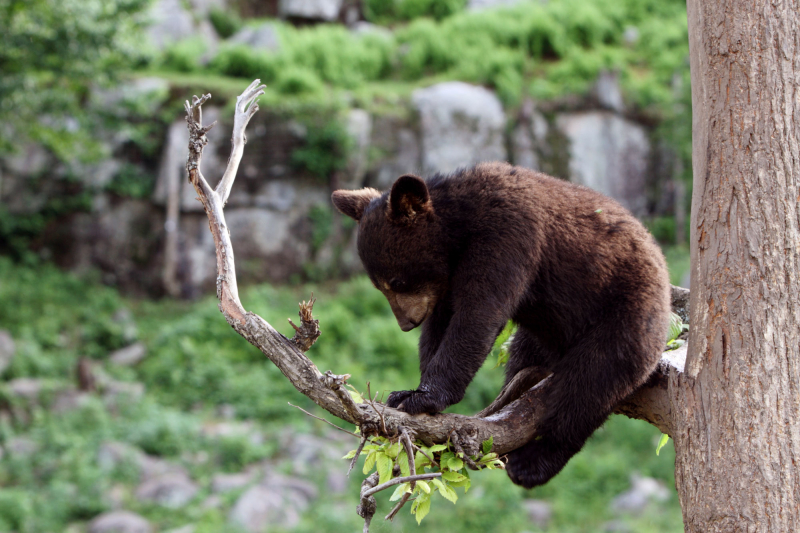
Photo: discover-the-world.com













